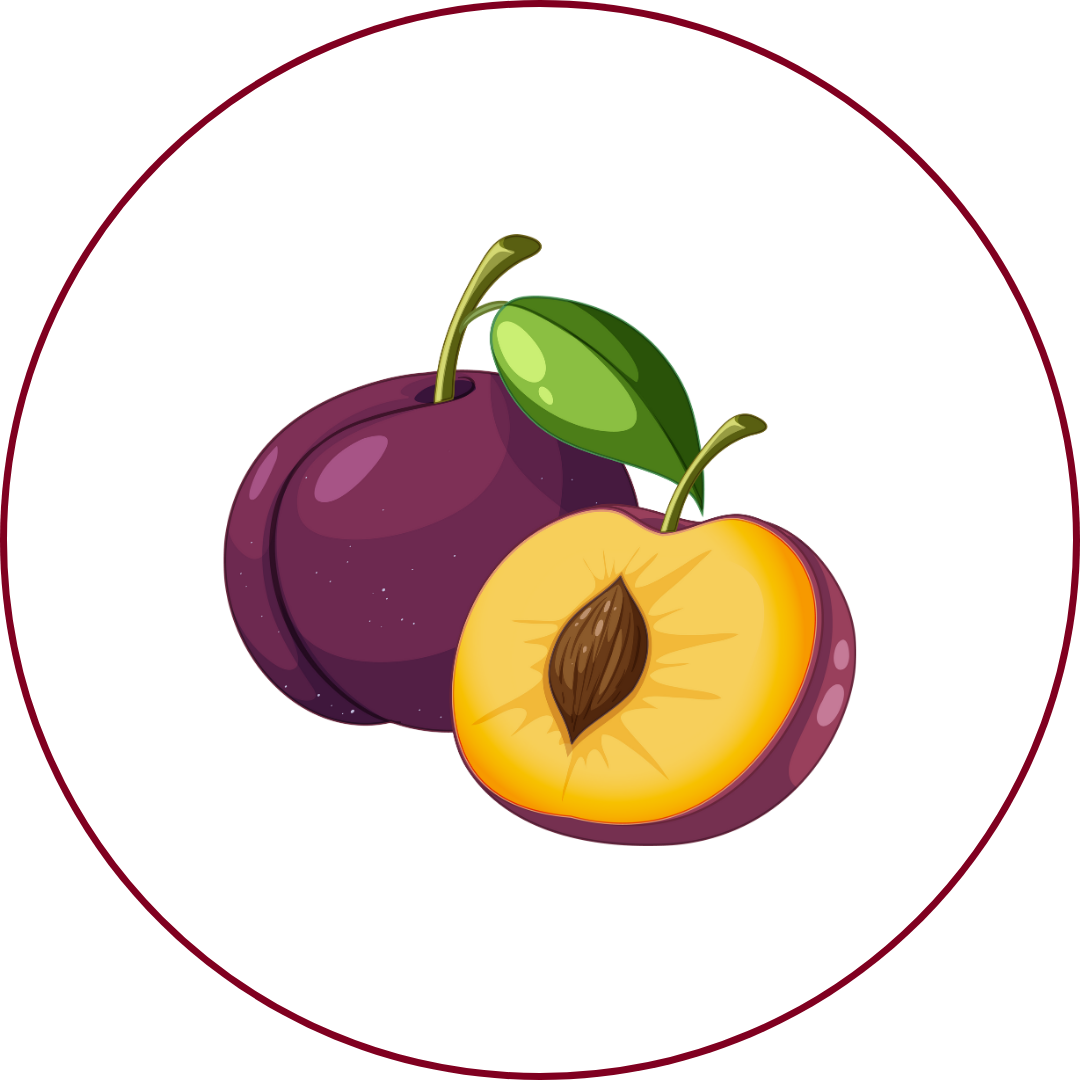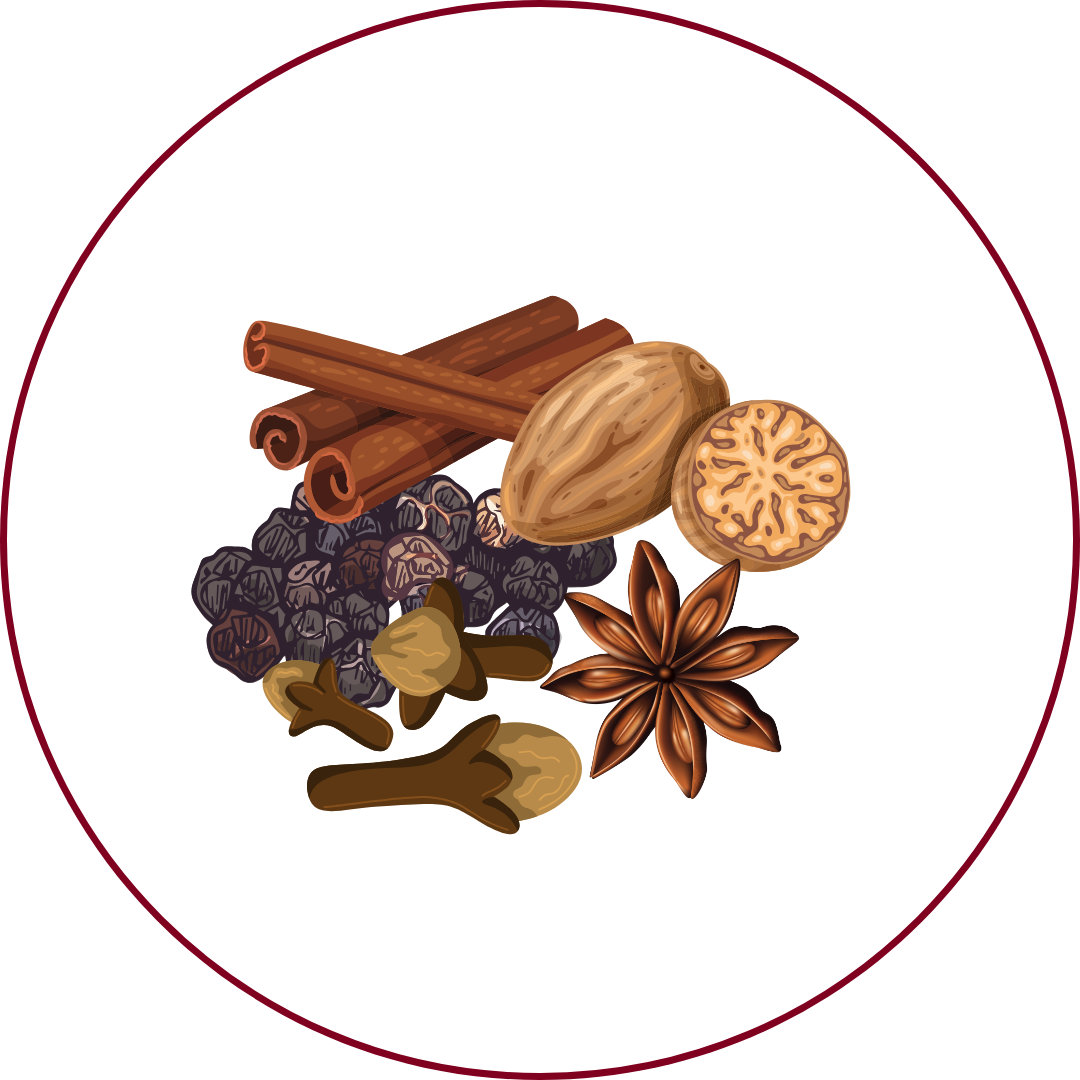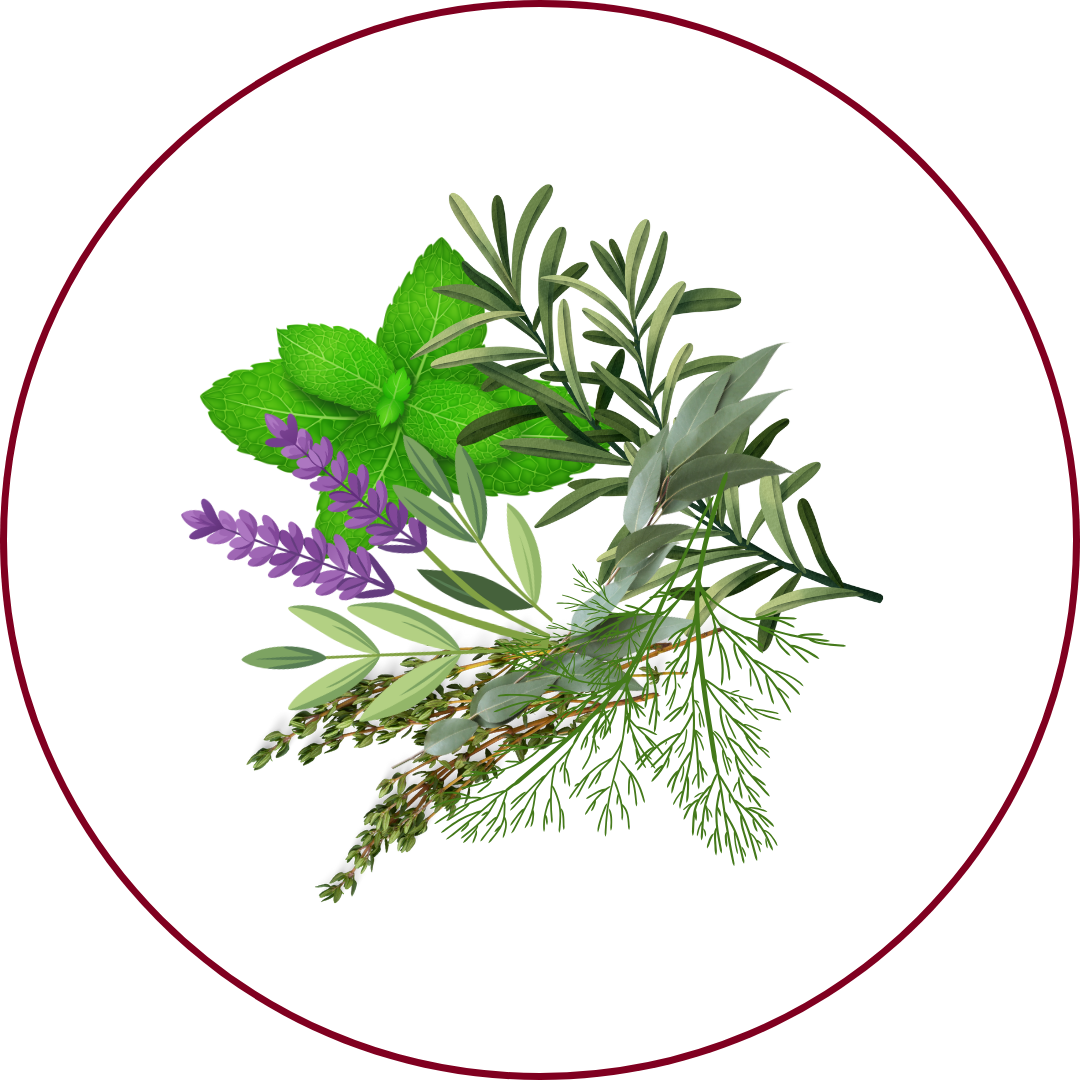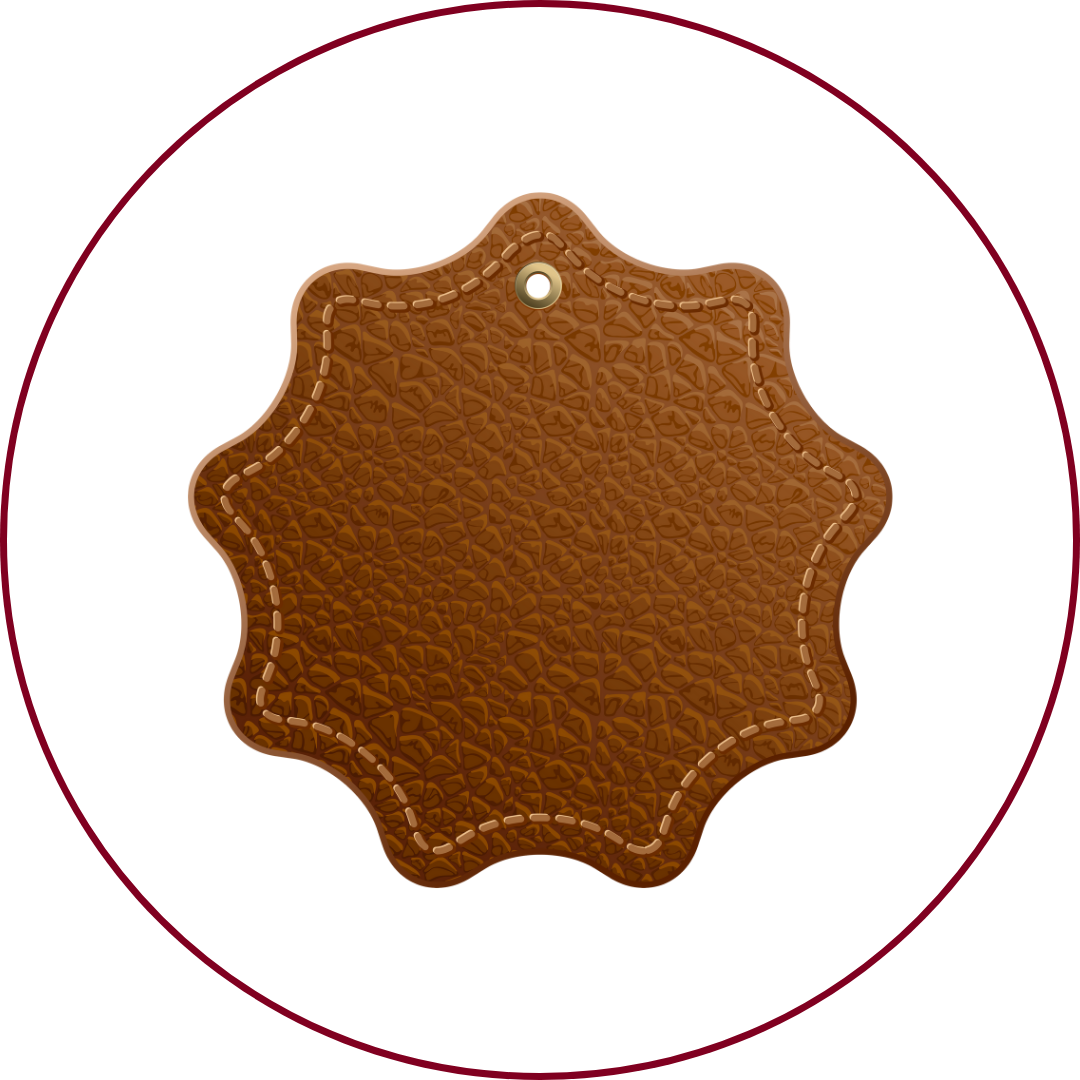Grape Variety
Mandilaria
"man-dee-LAH-ree-ah"
Wine Styles
 Sparkling
Sparkling Light White
Light White Full White
Full White Aromatic
Aromatic Rosé
Rosé Light Red
Light Red Medium Red
Medium Red Full Red
Full Red Dessert
DessertAbout Mandilaria
Origin
Greece
History
Mandilaria is a red grape variety indigenous to Greece, predominantly cultivated in the Aegean Islands and Crete. Historically, it has been used in the production of various Greek wines, including the renowned Ariousios wine from Chios. Due to its deep color and high tannin content, Mandilaria is often blended with other varieties, such as Kotsifali in Crete, to balance its robust characteristics. In regions like Paros, it is blended with the white grape Monemvassia to produce unique red wines.
Appearance
Small to medium-sized, thick-skinned berries with a deep blue-black hue when ripe.
Growing Traits
Mandilaria is a late-ripening variety that thrives in hot, dry climates, making it well-suited to the Mediterranean environment of Greece. It is resistant to drought and heat but susceptible to certain diseases like downy mildew and botrytis. The grape's thick skins contribute to its high tannin levels and deep color.
Wine Characteristics
Body
2/5
Sweetness
1/5
Tannin
4/5
Acidity
3/5
Alcohol
2/5
Light to medium-bodied with a firm structure, often used in blends to enhance color and tannin. Typically vinified dry, though it is also used in sweet, sun-dried wines. High tannin levels, contributing to a robust and sometimes astringent mouthfeel. Medium acidity, providing balance and freshness to the wine. Generally low to moderate alcohol content, often around 11-12%, which can be increased when blended with higher-alcohol varieties.
Taste Profile

Black cherry

Plum

Spice

Herbal

Leather
Mandilaria wines are characterized by deep color and robust tannins. Aromas often include black cherry, plum, and spicy notes, with herbal undertones and hints of leather. On the palate, they are typically dry with medium acidity, offering a firm structure that can be softened when blended with other varieties.
Food Pairing
Mandilaria's high tannin content and medium acidity make it a suitable match for rich, flavorful dishes. It pairs well with grilled meats, hearty stews, and aged cheeses. When blended with softer varieties, it complements Mediterranean cuisine, including lamb dishes and tomato-based sauces.
Growing Regions

Greece
CreteRhodesParosSantoriniAttica
Notable Wines & Producers
PDO Rhodes Red
CAIR
Emery Winery
PDO Paros Red
Moraitis Winery
Domaine Mavris
Mandilaria - Kotsifali Blend
Lyrarakis Wines
Douloufakis Winery
Mandilaria FAQ
Common questions about this grape variety
What is the origin of Mandilaria?
+
Greece
Is Mandilaria wine full bodied?
+
Mandilaria has a body level of 2 out of 5. Which means that Mandilaria is Moderate to Light bodied.
Is Mandilaria wine dry or sweet?
+
Mandilaria has a dryness level of 1 out of 5. Which means that Mandilaria is Dry.
Where is Mandilaria wine from?
+
Greece
Where is Mandilaria grown?
+
Mandilaria is grown in Greece (Crete, Rhodes, Paros, Santorini, Attica).
What is Mandilaria like?
+
Mandilaria wines are characterized by deep color and robust tannins. Aromas often include black cherry, plum, and spicy notes, with herbal undertones and hints of leather. On the palate, they are typically dry with medium acidity, offering a firm structure that can be softened when blended with other varieties.
What does Mandilaria pair with?
+
Mandilaria's high tannin content and medium acidity make it a suitable match for rich, flavorful dishes. It pairs well with grilled meats, hearty stews, and aged cheeses. When blended with softer varieties, it complements Mediterranean cuisine, including lamb dishes and tomato-based sauces.
What does Mandilaria taste like?
+
Mandilaria wines are characterized by deep color and robust tannins. Aromas often include black cherry, plum, and spicy notes, with herbal undertones and hints of leather. On the palate, they are typically dry with medium acidity, offering a firm structure that can be softened when blended with other varieties.
Take Mandilaria Knowledge with You
Access detailed grape profiles, tasting notes, and pairing suggestions on your iPhone.
Download on theApp Store